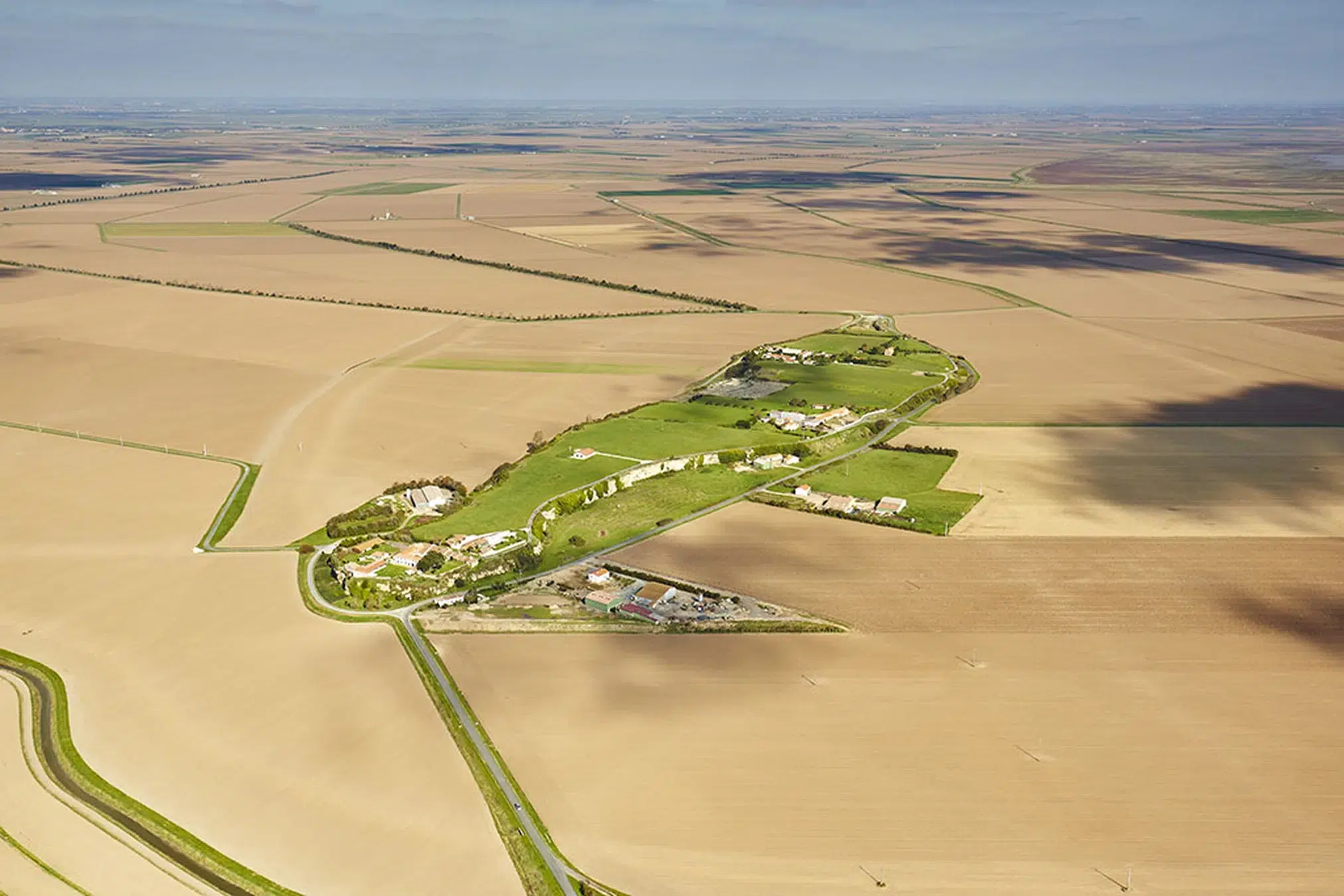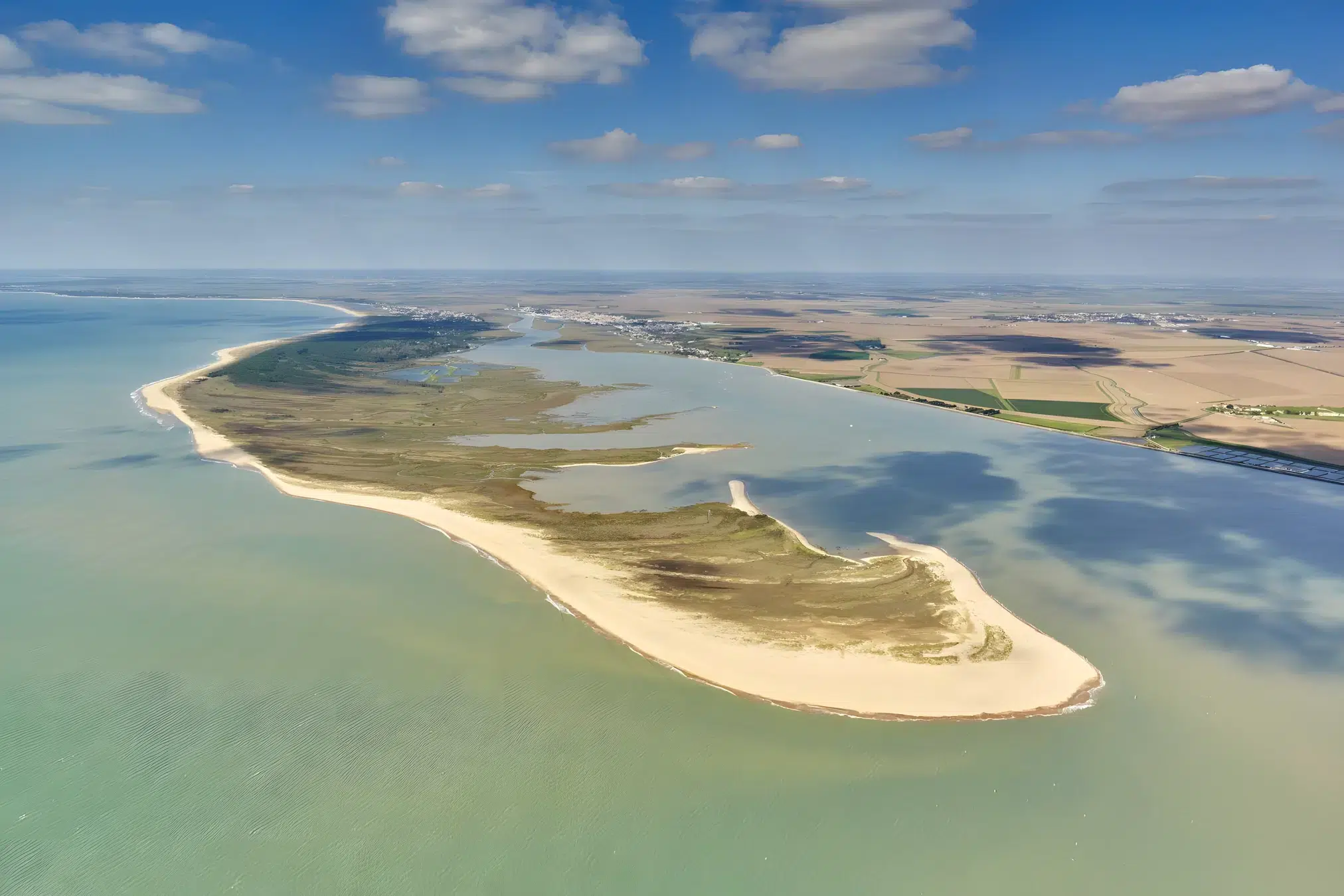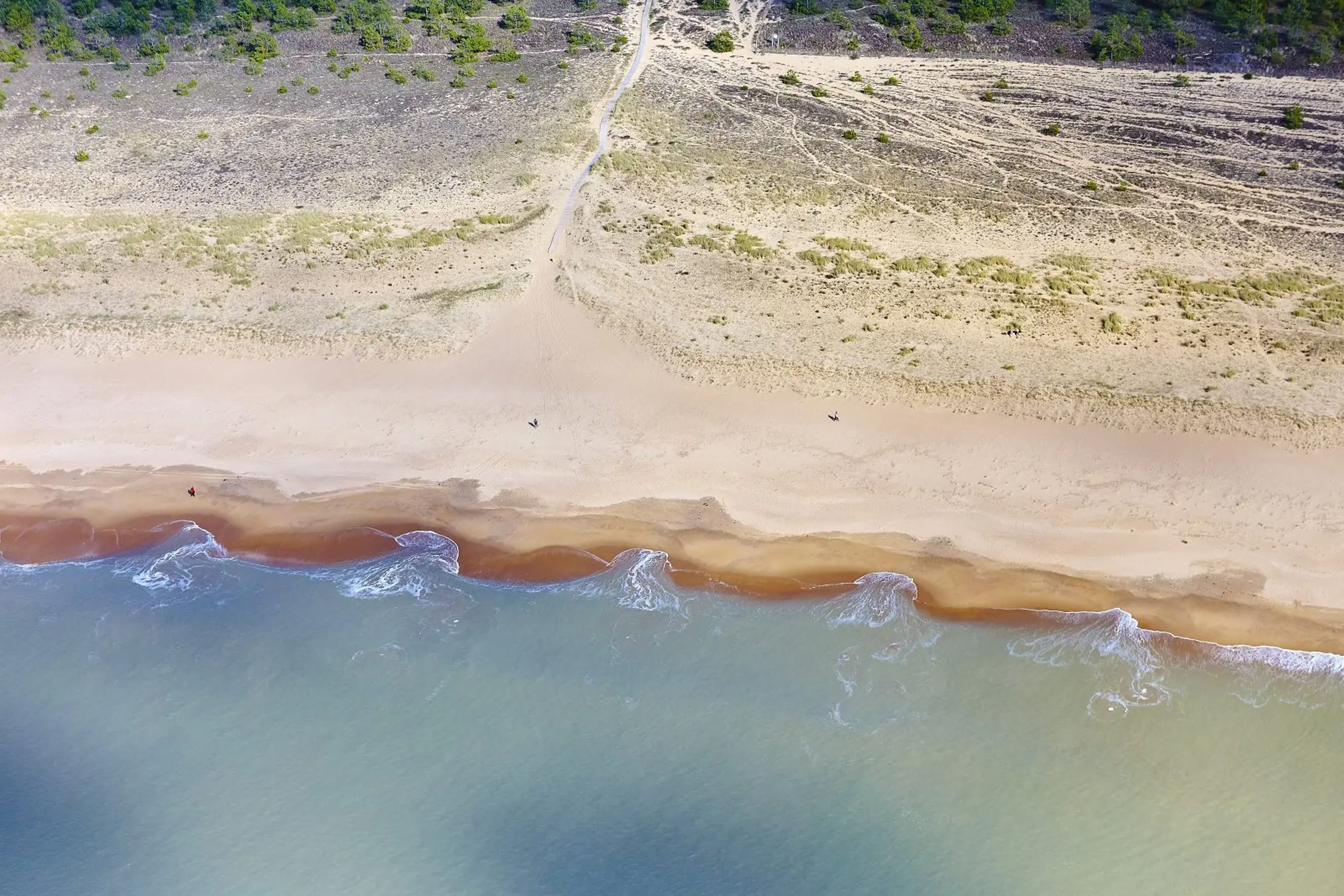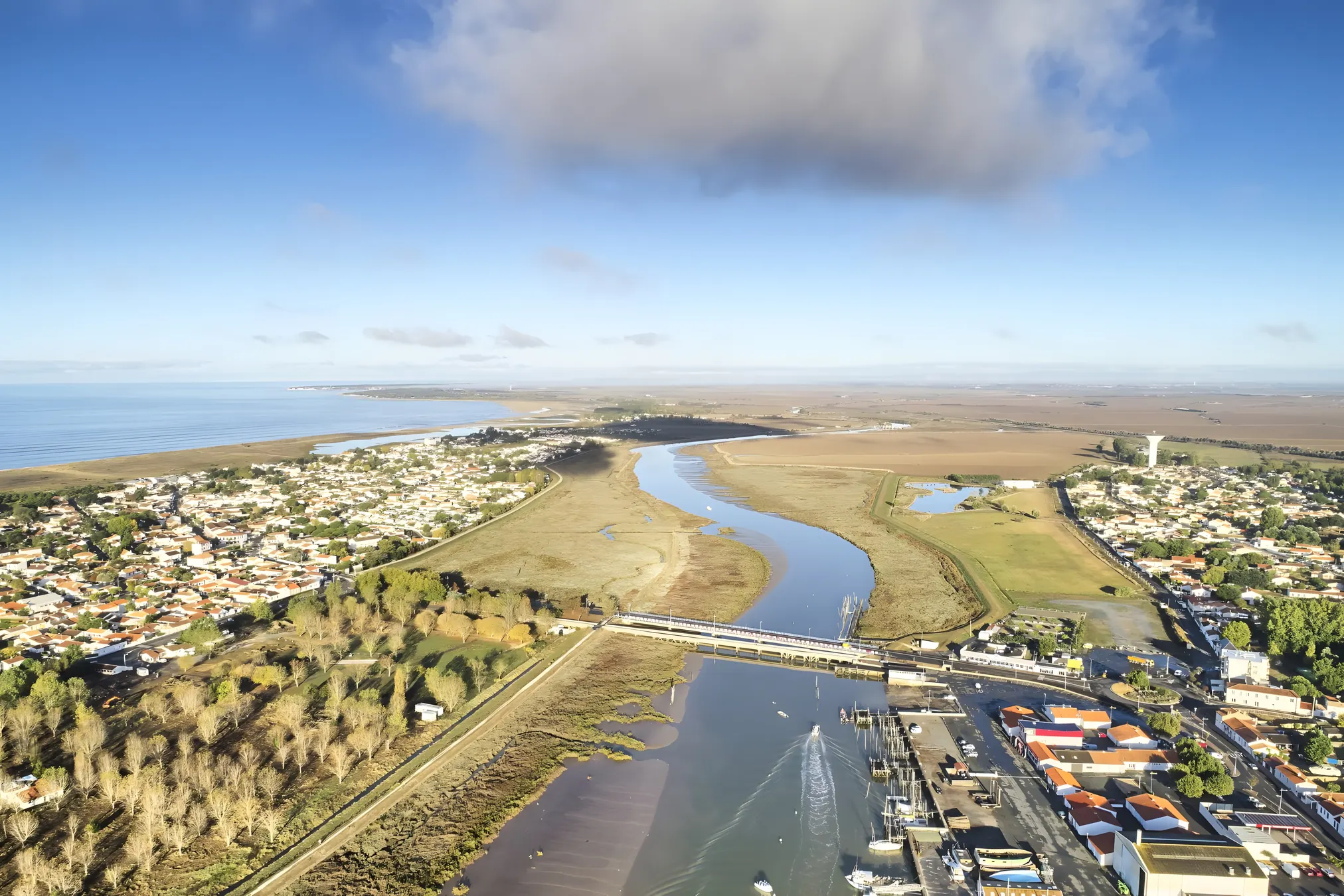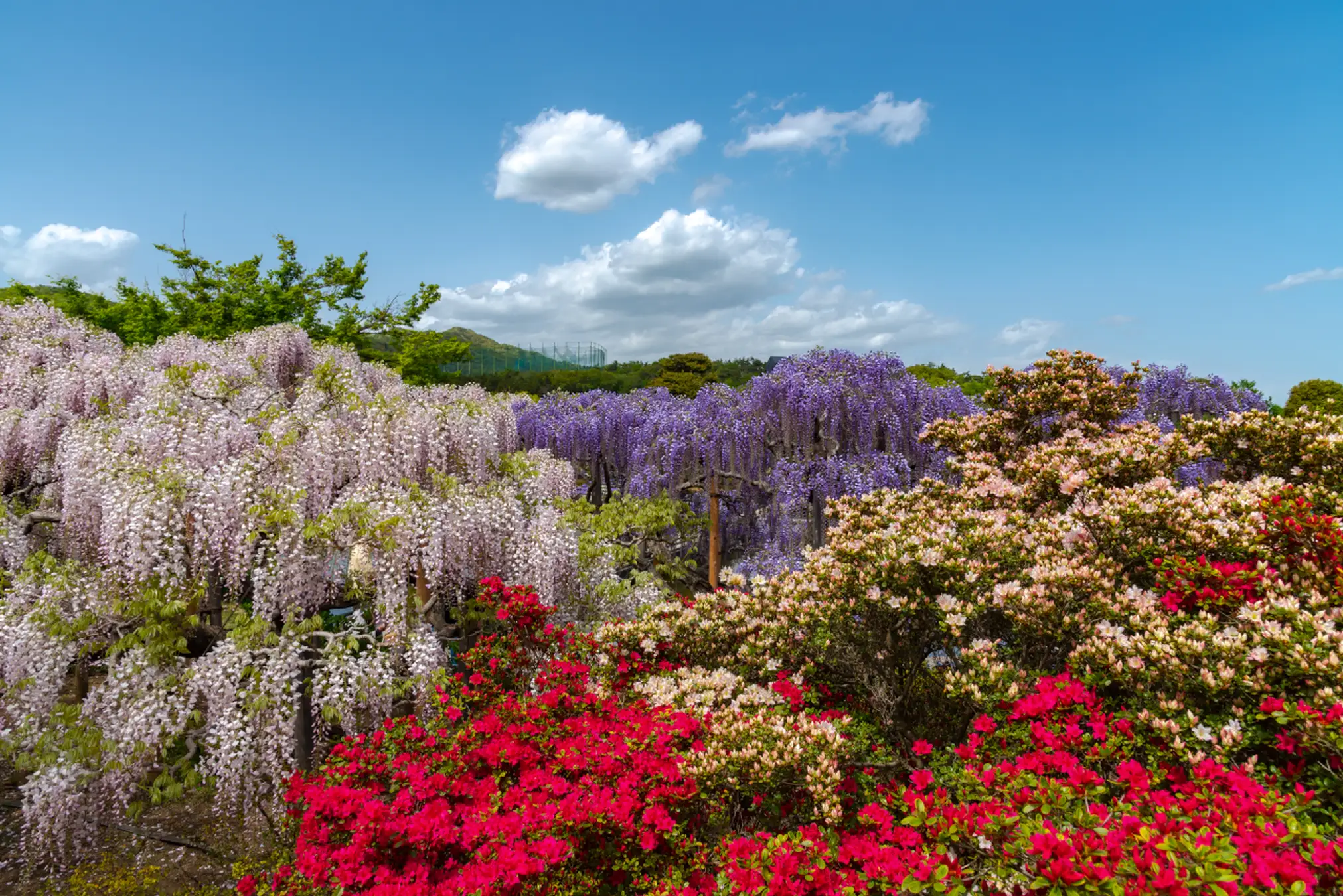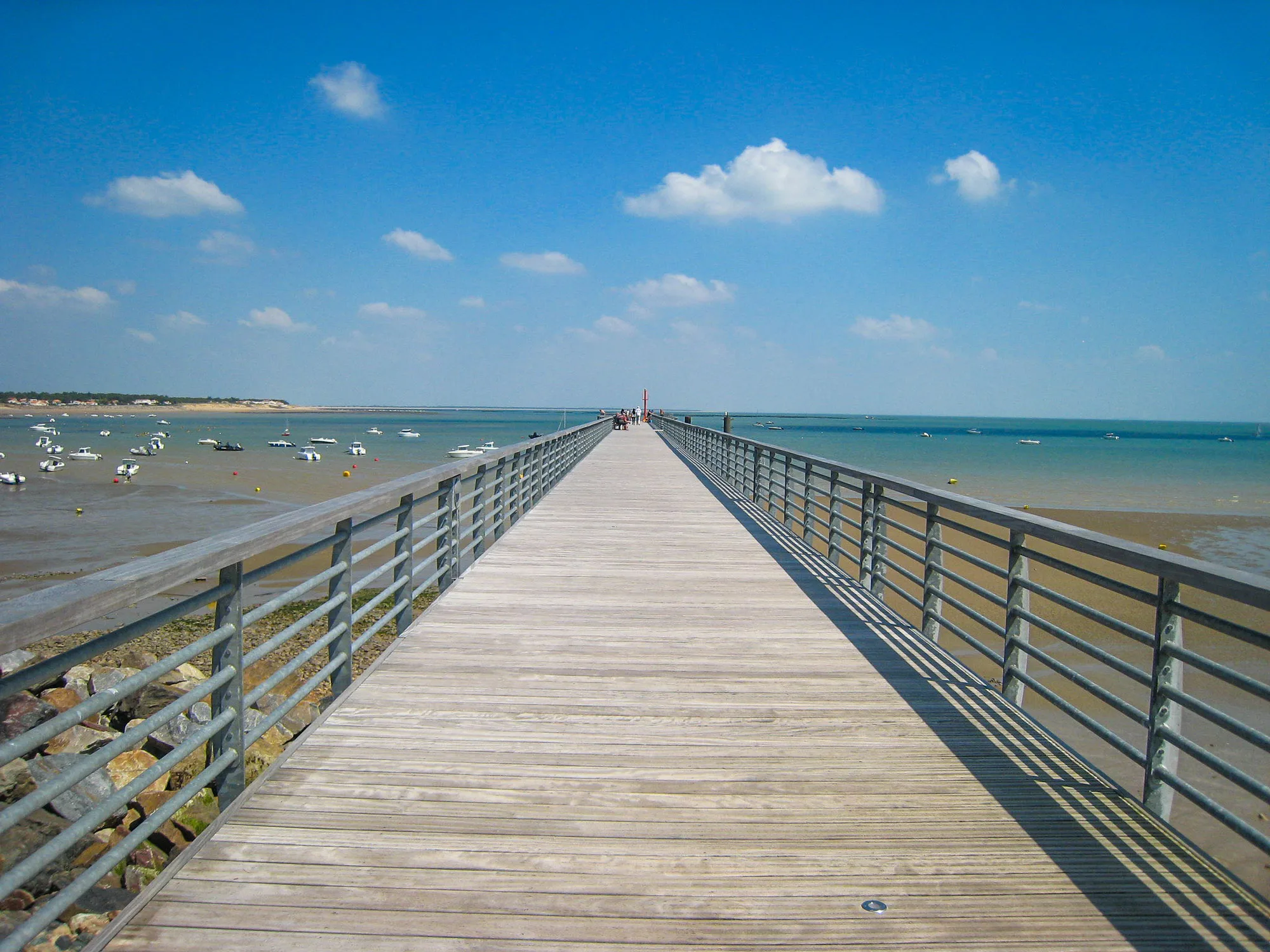Visit South Vendée
From our campsite near La tranche-sur-Mer, Les Mizottes, you’ll be perfectly placed to visit the southern Vendée. Here is a selection of places not to be missed during your stay at our campsite in the Vendée.
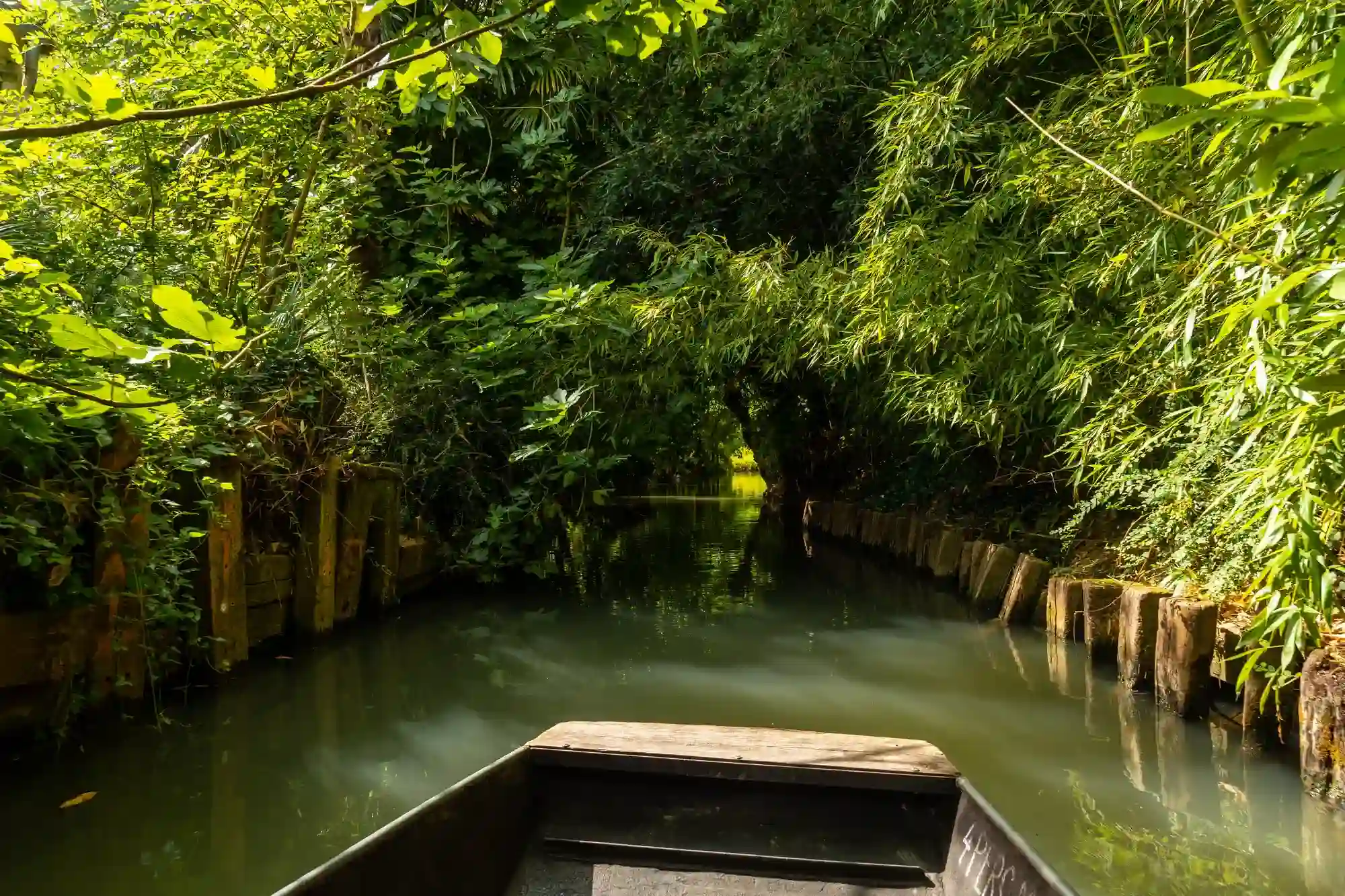
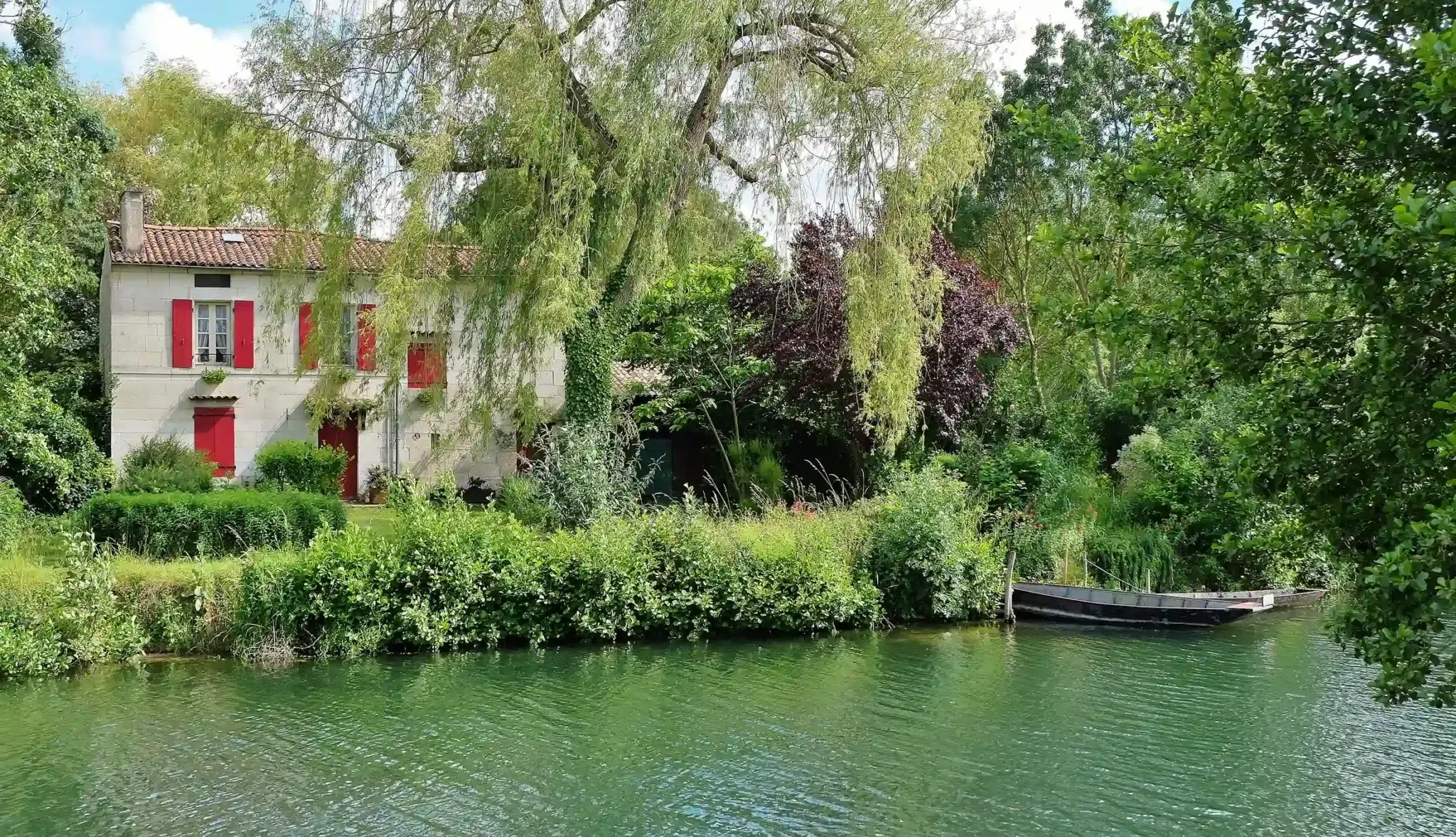
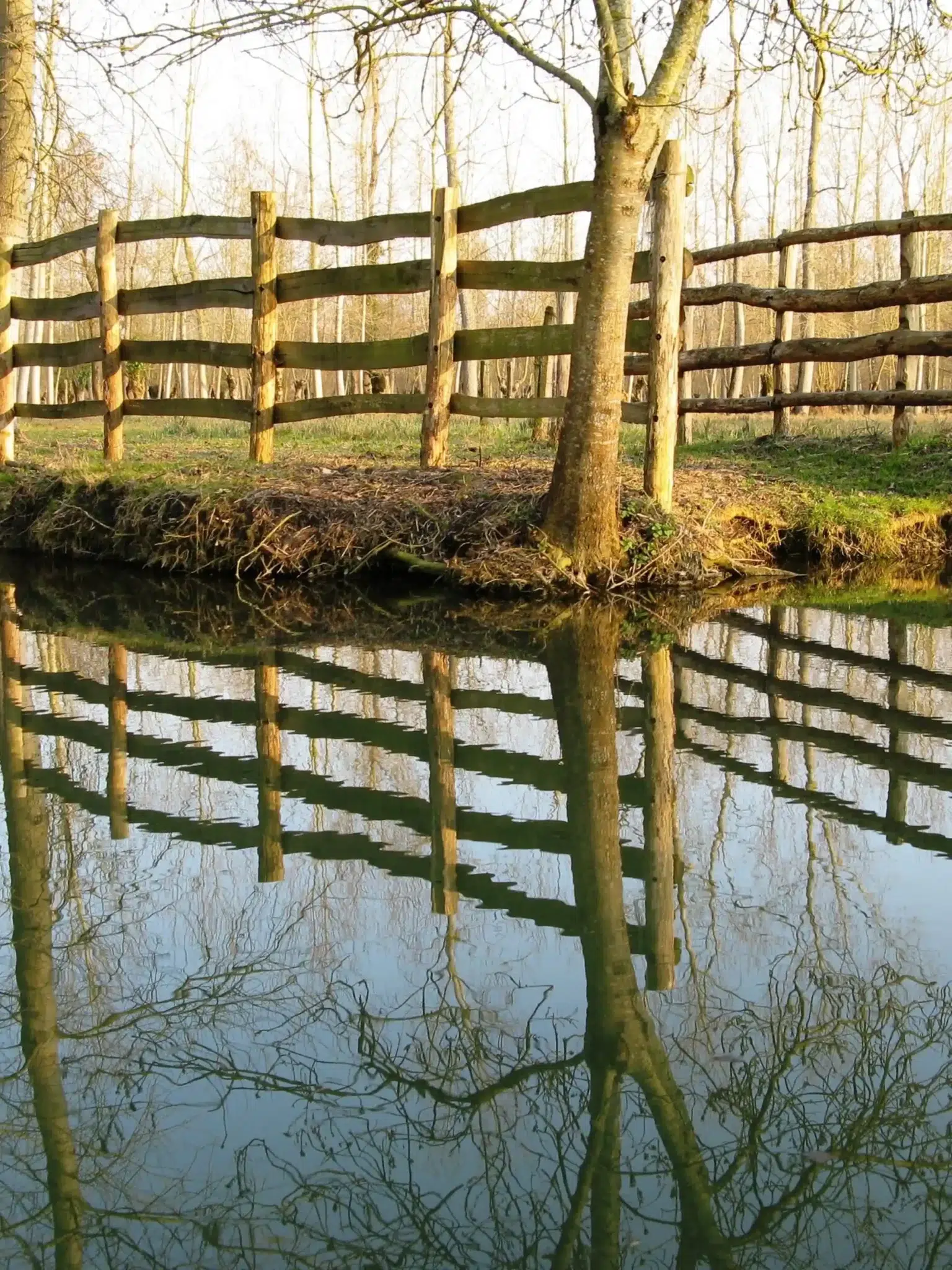
Southern Vendée: discover the Marais Poitevin, the Green Venice

Discover the Marais Poitevin, a unique natural site nicknamed the Green Venice. Hire a traditional boat or canoe and cruise through a labyrinth of canals lined with greenery, encountering exceptional flora and fauna. Picturesque villages such as Maillezais or Coulon offer cultural visits and gourmet stops to sample local specialties. A relaxing getaway not to be missed during your stay in Sud Vendée!
Beaches and water sports in Sud Vendée

The Vendée coastline is an ideal playground for relaxation and water sports enthusiasts. Enjoy the fine sandy beaches of La Tranche-sur-Mer, L’Aiguillon-sur-Mer or La Faute-sur-Mer, perfect for swimming and seaside walks. Watersports enthusiasts can try their hand at surfing, paddleboarding or sand yachting, while families will appreciate the water sports centers offering activities for all ages.

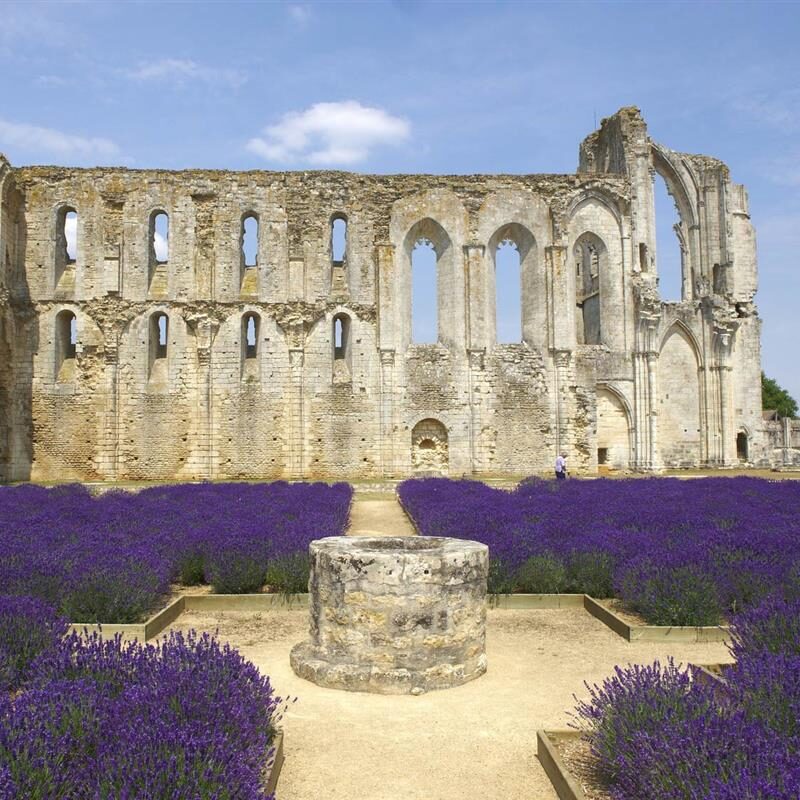
Visit the historical and cultural heritage of South Vendée

The southern Vendée region is packed with historic sites to explore. Immerse yourself in the past with a visit to Maillezais Abbey, a jewel of medieval architecture, or the Château de Terre-Neuve in Fontenay-le-Comte. Don’t miss the Puy du Fou, voted the best park in the world, where you can relive history through breathtaking shows. For a truly local experience, stroll through the picturesque villages and discover the Luçon market, renowned for its local produce.
What’s on in Saint-Michel-en-l’Herm?

Our campsite Les Mizottes, a campsite with swimming pools in the Vendée, is located in the pretty town of Saint-Michel-en-l’Herm.
Benefiting from constant sunshine all year round, the commune is in the fullness of the Vendée hinterland. Particularly well surrounded and served, it is at the convergence of the great beaches of l’Aiguillon-sur-Mer, la Faute-sur-Mer or La Tranche-sur-Mer, and the more touristy sites of La Rochelle, Les Sables d’Olonne or Luçon.
With its remarkable history, the town center is dominated by the former Royal Abbey and the neighboring church, where you can discover a unique marble altar. The arts are also represented here by the Musée André DELUOL, where over 150 of the famous painter-sculptor’s works are on display.
Throughout the year, the village offers a wide range of local services within 800m of the campsite, including banks, pharmacies, bakeries, butchers, newsagents and tobacconists, hairdressers, as well as doctors, nurses, physiotherapists, osteopaths, dentists and veterinary surgeons. A market is held every Thursday morning in the Place de la Mairie.
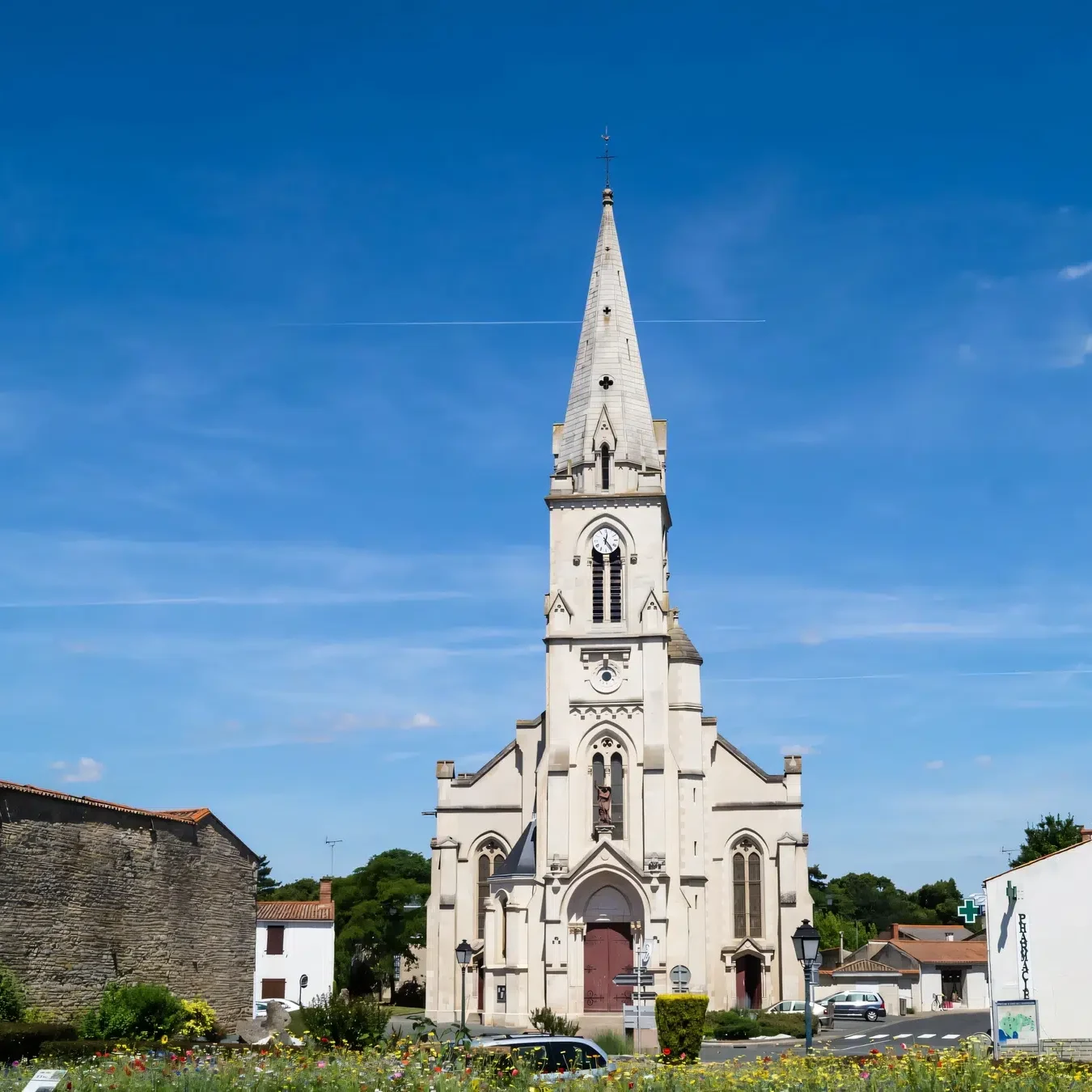
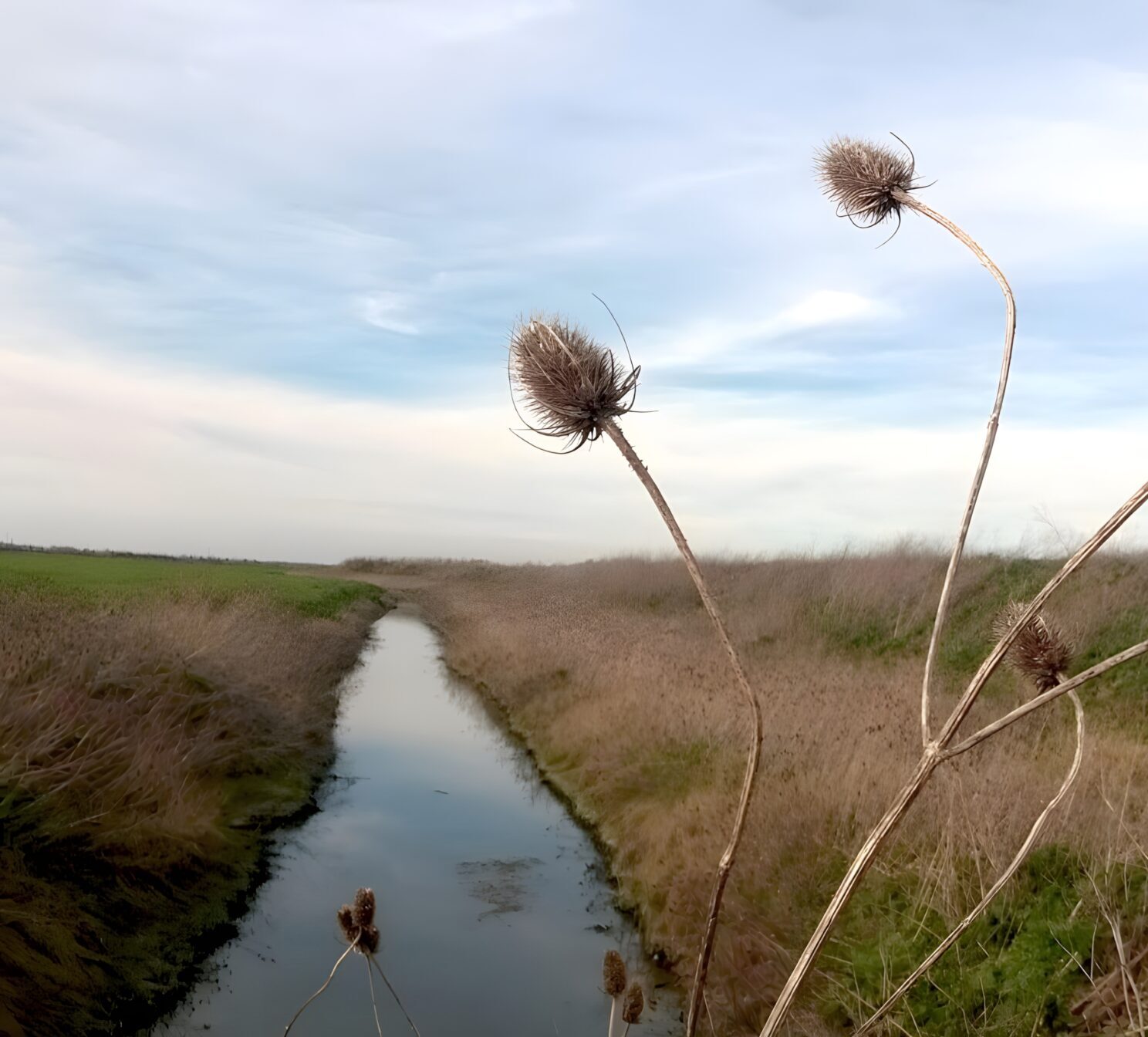
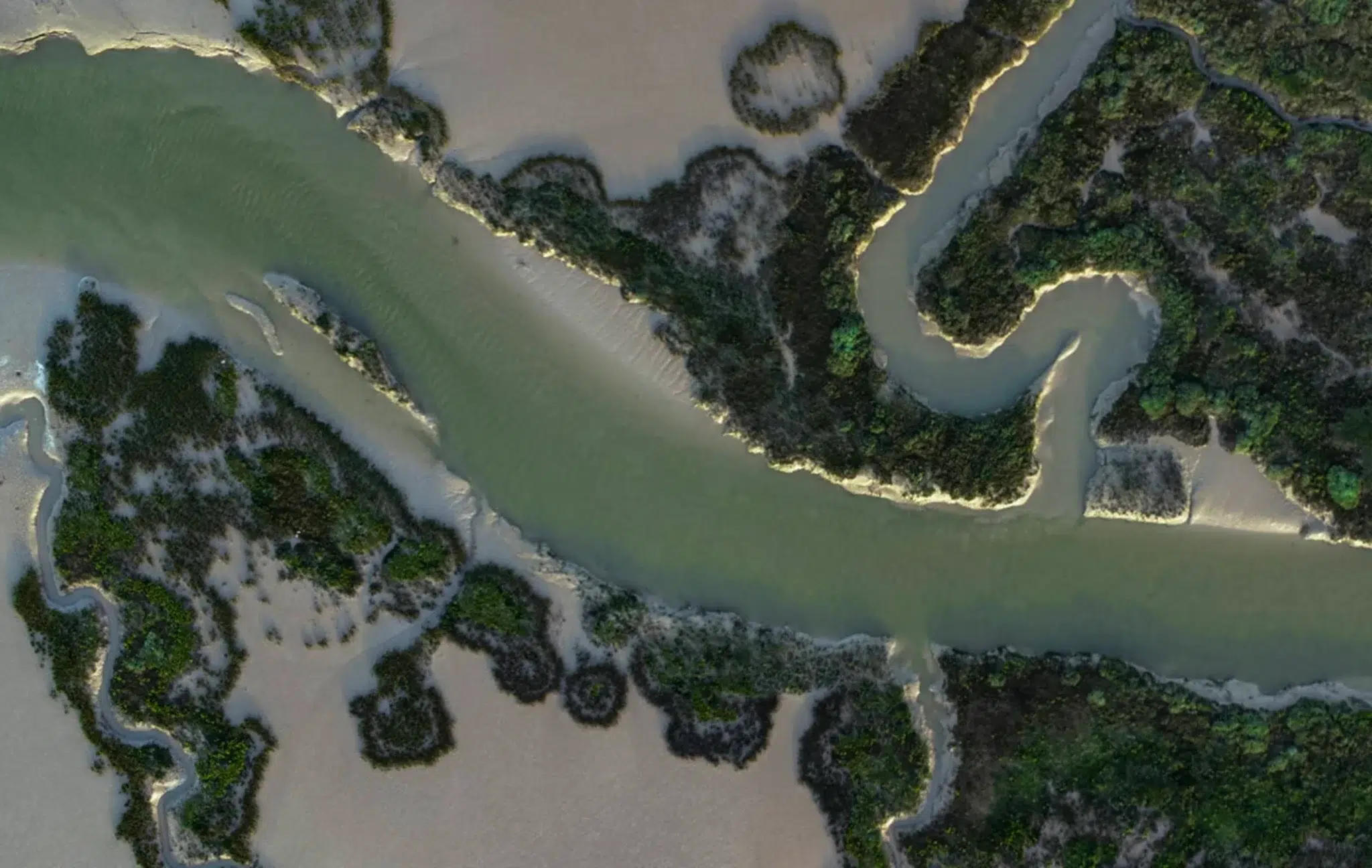
La Digue des Polders
Between land and sea, Saint-Michel-en-l’Herm is a town directly on the sea, set in marshland. A naturally fertile area, the former marshes are criss-crossed by a hydraulic network created by Dutch engineers who settled in the commune.
Conquered between the 16th and 19th centuries using polder techniques (land below sea level), the salt meadows are criss-crossed by dykes (bots), whose crests are now occupied by roads and footpaths, and canals (contrebots) successively irrigating various ditches of decreasing size (the achevaux flow into the rigoles and then the conches).
Between the campsite and Ile de la Dive, a number of hillocks and mounds dot the landscape, breaking up the former marshland into a regular grid pattern. In the middle of these grassy plains stand small huts perched on stilts. Built from a mixture of earth and lime, these little huts serve as nesting boxes for the migratory birds and wild birds of prey that thrive in the surrounding area.
Further along the coast, an old pier is revealed among the reeds and grasses. A picturesque little port with stilted quays and booms used by fishermen and local residents at the ebb and flow of the tides, this dyke, known as the “Digue du Maroc”, was built in 1912 and opens directly into the cove of the Baie de l’Aiguillon.
La Dive Island
Still surrounded by the sea during the 17ᵉ century, Ile de la Dive is the only remaining vestige of the ancient natural terrain that extended as far as Niort. Emerging from the ancient muddy sea, it dominates the salt meadows (known as Mizottes) and offers at its highest point a unique panorama of the land and the Bay of Aiguillon in the distance.
Nestled 15 m high atop the white limestone cliffs, clinging to ivy and the setting sun at dusk, the orientation table offers a wealth of explanations about the area before your eyes.
From this promontory, 1km long and 250m wide, you can enjoy a unique view of the surrounding area on a clear day, sweeping over the Aiguillon and its bay, the Pointe d’Arçay, and further afield, the Ile de Ré bridge and La Rochelle.
